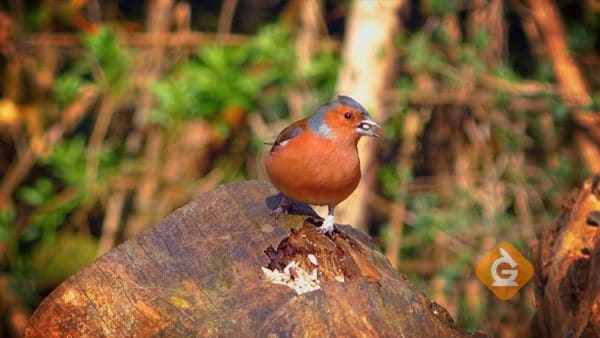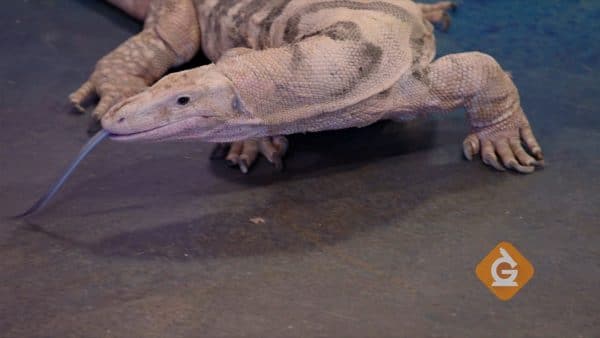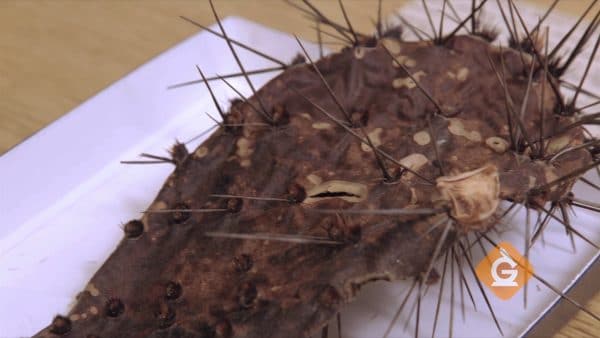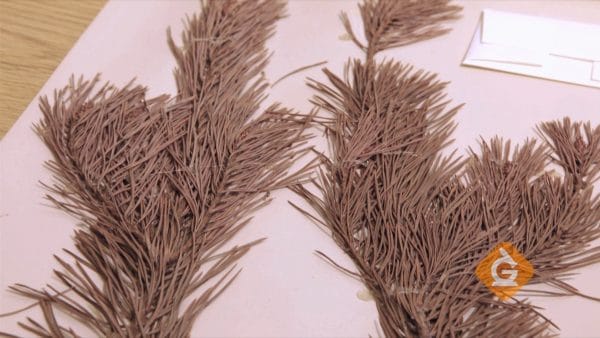Adaptations - Structures and Functions
TEKS - 5.10A
Compare the structures and functions of different species that help them live and survive in a specific environment such as hooves on prairie animals or webbed feet in aquatic animals.
Animals adapt to their environment.

Adaptation is all about survival. When the environment changes dramatically, some animals die, others move to another location, and some develop adaptations over generations that help them survive.
Sometimes the environment changes dramatically due to a natural disaster and sometimes it changes slowly over thousands of years. In each case, over many generations, animals may develop new adaptations to help them survive in their new home.
Animals adapt to protect themselves.

Many different animals have adaptations that protect them from predators. Some of these adaptations are behavioral, allowing them to act a certain way to avoid being seen by a predator.
For example, sloths move very slowly through trees making them hard to spot. Their long, hairy bodies have algae growing on them to blend in with the trees.
Some adaptions allow animals to escape, such as lizards with tails that snap off when a predator tries to capture it.
Other adaptations make animals difficult to eat, such as an armadillo. This unique animal is covered by “armored” plates and it can roll into a tight ball when it feels threatened.
Animal Structure: All animals have structures that help them survive.
A structure is anything made up of parts held together. Plants and animals have many structures that help them survive. Some structures are internal, like the lungs, brain, or heart. Other structures are external, like skin, eyes, and claws. Some structures are unique, like the long neck of a giraffe. Other structures are more common, like a heart.

All animals have structures that help them survive in their environment. Some structures help animals find food, like the amazing eyesight of an eagle. Other animals have camouflage to help them hide from predators. Some structures are very unique to certain animals, like the water monitor lizard’s long, forked tongue. They use it to smell and find food.
One special structure that insects have is their hard outer skeleton, called an exoskeleton. Exoskeletons are like wearing armor. It protects insects from predators and keeps insects from drying out. Exoskeletons can also have special structures on them, like the horns on some beetles that are used to compete with other beetles for mates.
Plant Structure: Plants also have structures that help them survive.

Plants have different parts, like roots, stems, leaves, flowers, and fruit. These structures help them survive.
Some plants have really long roots that help the plant gather water from deep below the surface of the Earth.
Other plants have flowers that are the perfect shape for insects to visit and help with pollination.
Plants that live in really dry areas, like a desert, have special leaves. The spines on a cactus help protect it from animals that might try to eat the cactus in order to get the water stored inside.
Animal and Plant Structures: Each structure has a specific function.

Each plant and animal structure has a special purpose. When you think of elephants, you probably envision their long trunks and floppy ears. Both of those structures have a specific function that helps elephants survive. An elephant’s trunk is a special structure that helps gather food. The big floppy ears help elephants hear noises that are far away.
Plant structures also have specific functions. Corn has special roots that help support the plant and keep it from falling over when fruit is growing on it.
Pine trees have leaves that look like needles instead of big and flat leaves like an oak tree. This helps them conserve water.
DUE: March 31, 2020
Exit Ticket: (send your answer via ClassDojo or Microsoft Teams)
Source: Texas Education Agency (STAAR, 2019)



ReplyDeleteg
g
ReplyDeleteG
ReplyDelete